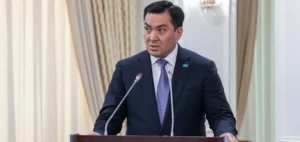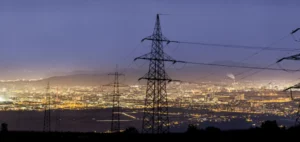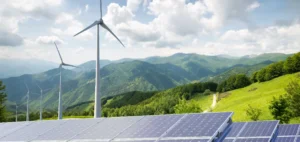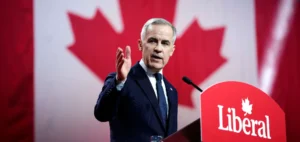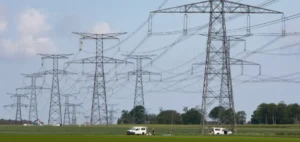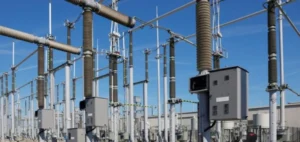Oman announces, through the Ministry of Energy and Minerals, the creation of Oman Hydrogen LCC, its hydrogen company.
Ambitious objectives
Oman will officially create on Sunday, Oman Hydrogen LLC, its hydrogen company. The conference will address the details of the guidelines for net zero carbon emissions targets. Indeed, the Sultanate should set its targets by 2050.
Salim Nasser Al Aufi, Minister of Energy and Minerals, unveils the Sultanate’s new climate commitment. Thus, Oman is committed to registering its efforts, in line with the objectives of the Paris Agreement. In addition, the Sultanate is creating the Oman Center for sustainability, which will oversee programs related to carbon neutrality.
Oman is seeking to accelerate procedures to regulate the hydrogen sector in the country. This includes defining the legal framework and policies necessary for the growth of the sector. In addition, the objective is to allocate suitable sites to attract investment.
The Minister of Energy and Minerals, Salim Nasser Al Aufi, states:
“Renewable hydrogen is emerging as a key vector for Oman to pursue its decarbonization, economy and energy security goals. With the abundant renewable energy resources that Oman is endowed with and the appropriate structuring of the sector, Oman is positioned as one of the most attractive nations to produce renewable hydrogen competitively and at large scale.”
The Sultanate wants to become one of the world’s leaders in renewable hydrogen. Thus, the country aims to produce one million tons per year by 2030.
An economic strategy
To support its strategy, Oman created HYDROM, an autonomous subsidiary of Energy Development Oman SAOC (EDO). The objective of the structure is to establish and support an efficient organization throughout the territory. Thus, it will be responsible for the allocation of land to developers in conjunction with the public authority for special economic zones (OPAZ).
On November 6, 2022, HYDROM will open a first round of public offerings. Thus, the group hopes to allocate the first land blocks by 2023. Dr. Firas Al Abduwani, HYDROM’s Acting General Manager, states:
“At HYDROM, we look forward to working with international partners to build the future of energy. The tender announced today is the first of its kind globally and we are confident that it will help accelerate the development of the green hydrogen industry in Oman and around the world.”
The Department of Energy and Minerals will govern HYDROM. The structure will seek to take advantage of the geographical location of the Sultanate of Oman. Indeed, the country benefits from abundant solar and wind resources.
Protection of natural resources and ecosystems will be monitored as part of Oman’s Vision 2040 program. It is a measurement mechanism and methodology for tracking projects that contribute to achieving net zero emissions. Moreover, Oman’s initiatives come just a few weeks before COP27 in Egypt.













